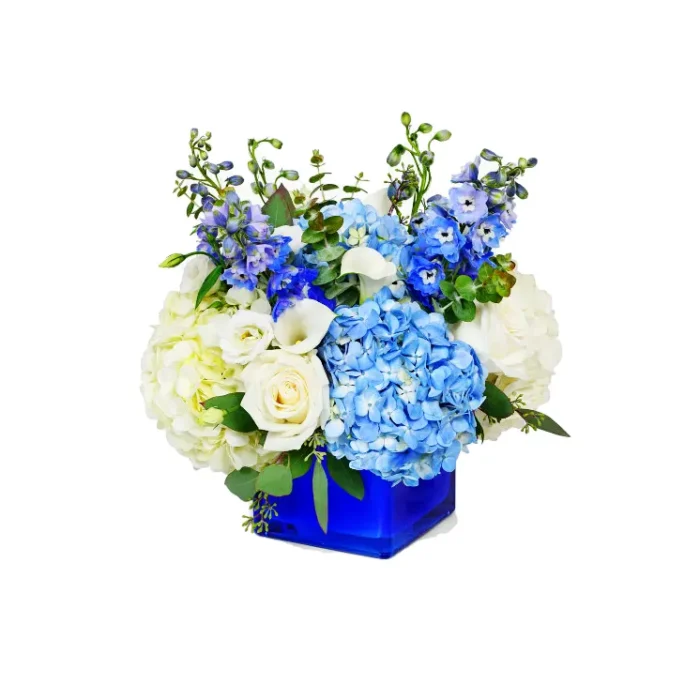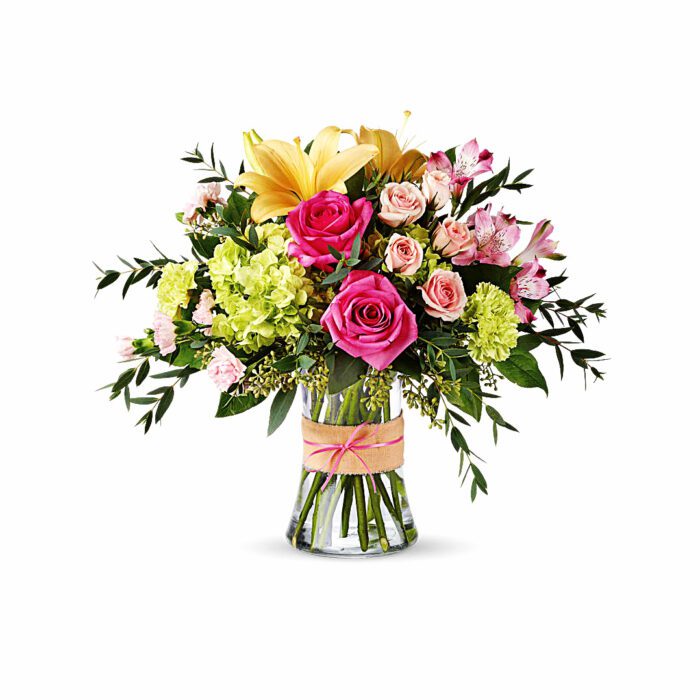Hydrangeas: Unraveling the Charm of These Showy Blossoms
Hydrangeas, with their flamboyant and vivid clusters, trace their roots back to Asia and the Americas, captivating plant aficionados. These botanical wonders come in varieties like the plush mophead, the intricate lacecap, and the stately panicle, each boasting its own allure. Mophead hydrangeas, known for their spherical, opulent clusters, are garden showstoppers. The color palette of hydrangeas, spanning from azure blues to radiant pinks and stark whites, hinges on the soil’s acidity. Acidic terrain yields azure blossoms, while alkaline earth gifts pink shades. This segment invites you to explore hydrangeas’ evolution from wild flora to horticultural gems, focusing on their unique traits and magnetic charm.
Handpicking Hydrangeas for Your Eden
Selecting hydrangeas for your garden demands an insight into their varied species and growth prerequisites. Climate weighs heavily in this decision; most hydrangeas favor temperate zones, yet the Panicle Hydrangea endures chillier climes. Soil quality is paramount; these blooms thrive in fertile, well-draining earth. For azure hydrangeas, acidic soil is essential. For pink varieties, alkaline soil works best. Sunlight preferences differ among hydrangea types. Mophead and Lacecap hydrangeas bask in speckled shade, while Panicle and Smooth hydrangeas can brave full sun. When scouting for hydrangeas, plant sales offer a kaleidoscope of robust, verdant options. Seek out specimens with sturdy stems and lush foliage. This guide steers you towards hydrangeas that will not only beautify your garden but also prosper in your unique environmental niche.
Nurturing Hydrangeas for Peak Blossoming
Tending to hydrangeas is key for their luxuriant growth and vivid flowering. Adequate hydration is vital; these plants favor steady moisture but scorn soggy roots. Deep, infrequent watering trumps light, frequent sprinkles. Soil pH significantly sways some hydrangeas’ bloom hues. For azure petals, keep soil acidity below pH 6. For pink petals, aim for alkaline conditions above pH 7. Fertilization bolsters growth. Employ a balanced, slow-release feed in early spring and late summer for vigorous, colorful blooms. Pruning varies with hydrangea type. Mophead and Lacecap hydrangeas flourish with minimal snipping, as they flower on last year’s wood. Panicle and Smooth hydrangeas, blooming on new shoots, benefit from yearly trimming to encourage spry growth. Shielding blossoms from harsh noon rays and robust winds is also crucial. Follow these pointers to ensure your hydrangeas remain resplendent and thriving.








